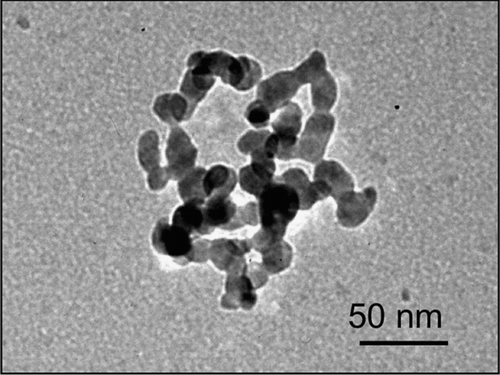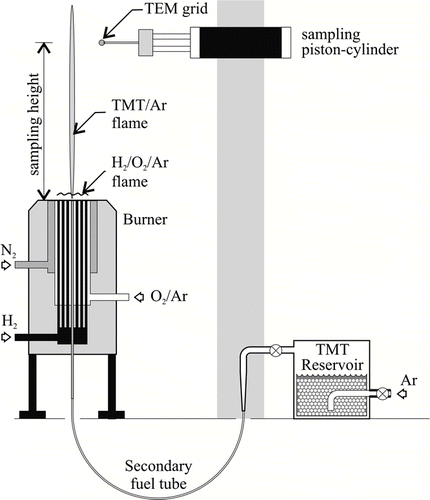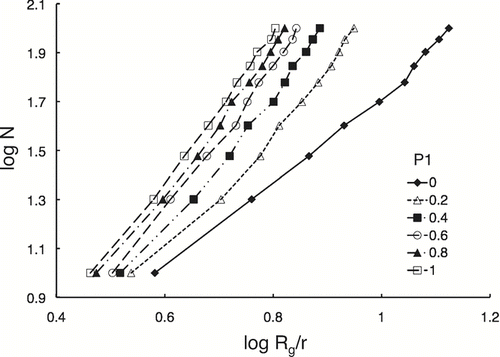Figures & data
TABLE 1 Methods used to validate and/or represent interactions between nanoparticle collisions
FIG. 3 Schematic representing the (a) Case 1 binding method (van der Waals interactions) and (b) Case 2 binding method (Coulomb forces). The gray particles are particles existing within the computational boundary, and the black particle is the new particle searching for a binding site. The gray particle circled in black is the randomly chosen particle for binding.

FIG. 4 Simulation results for a b as a function of P1 for cluster sizes N = 20, 40, 60, 80, and 100.

FIG. 5 Simulation results for notched box plots of the effect of P1 on aspect ratio a b for N = (a) 20, (b) 60, and (c) 100.
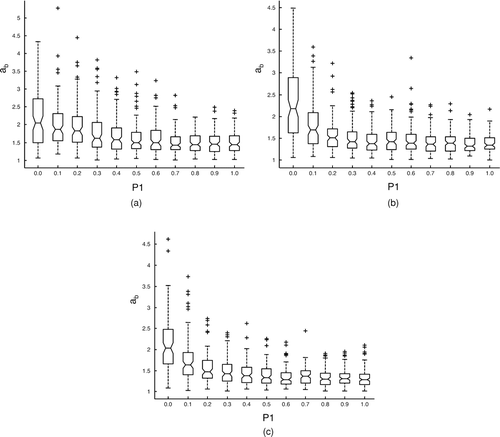
FIG. 6 Simulation results of the effect of P1 on average main chain length normalized by particle radius, L m /r, for cluster sizes N = 20, 40, 60, 80, and 100.
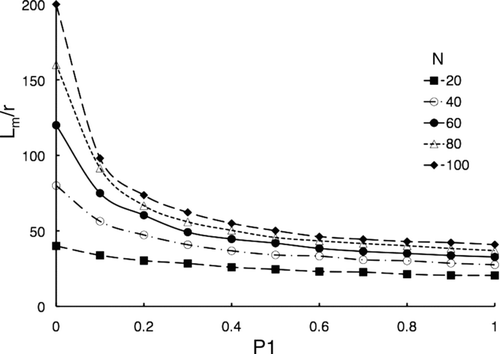
FIG. 7 Simulation results of the effect of P1 on normalized main chain length, L m /(Nr), for cluster sizes N = 20, 40, 60, 80, and 100.
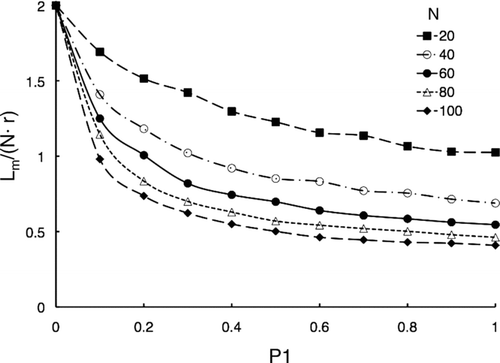
FIG. 8 Simulation results for notched box plots of the effect of P1 on L m /r when N = (a) 20, (b) 60, and (c) 100.
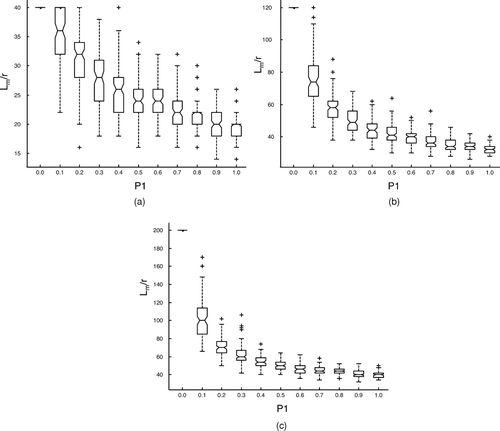
FIG. 9 Simulation results for the effects of P1 on average radius of gyration, R g /r, for cluster sizes N = 20, 40, 60, 80, and 100.
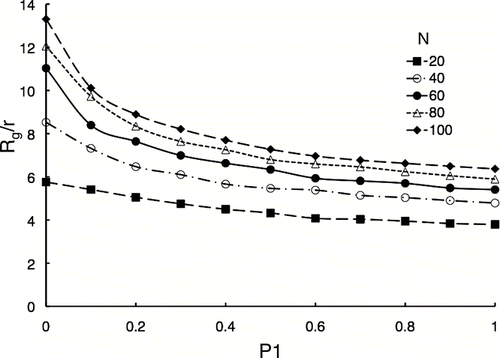
FIG. 11 Simulation results for fractal dimension D f and fractal pre-factor A as a function of P1 using 3D data and 2D projections of the 3D data.
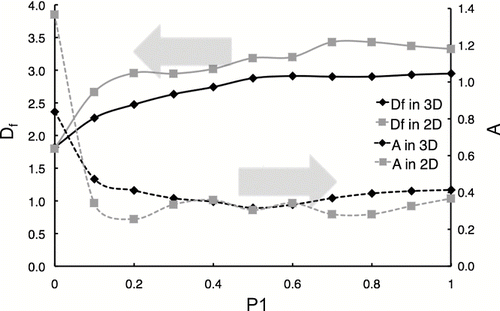
FIG. 12 Simulation results of the effects of P1 on the ratio of L m in 2D to R g in 3D for cluster sizes N = 20, 40, 60, 80, and 100.
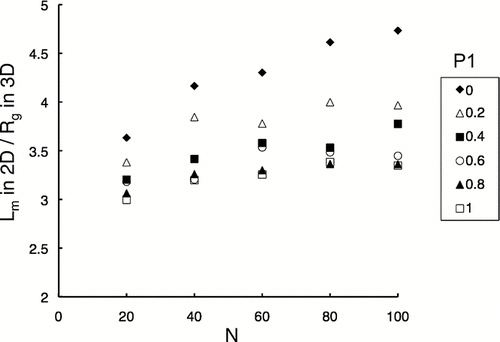
FIG. 14 2D projections of 3D model of agglomerate I at different angles of orientation: (a) −55°, (b) 0°, (c) +55°, (d) +110°, and (e) 165°.

